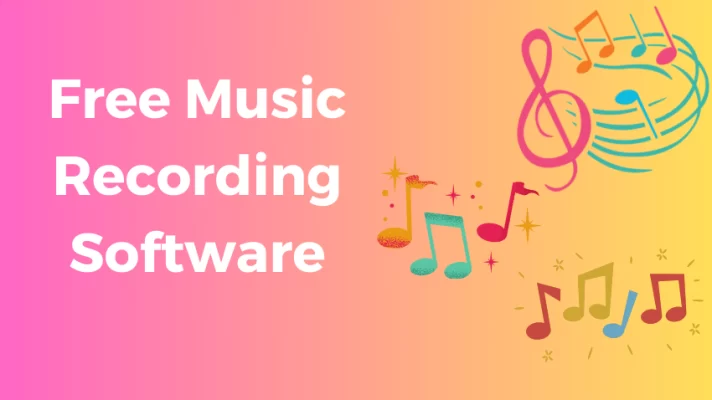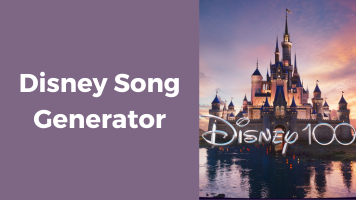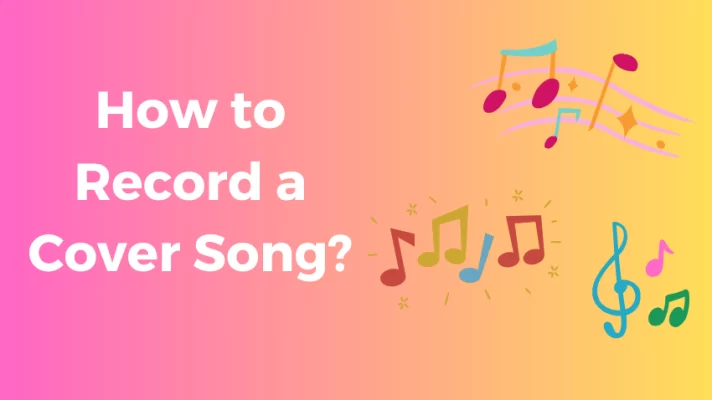You love music, and you want to share your passion with the world. You have a great voice, and you can play an instrument. You have a favorite song that you want to sing or play in your own style. You want to record it, release it, perform it, or post it online. But wait, can you do that without getting into trouble?
In this article, we will explain everything you need to know about covering a song, including the different types of rights and licenses involved, the common scenarios and situations that require permission, and the best practices and procedures to follow to avoid any potential issues or disputes.
What Is a Cover Song?
A cover song, often simply referred to as a “cover,” is a musical rendition or performance of a previously recorded and released song by one artist or group by another artist or group. Cover songs are a common and integral part of the music industry and have been for many years.
Some covers better than the originals and they serve various purposes, including paying tribute to the original artist or song, introducing a new audience to a well-known track, and allowing musicians to showcase their own artistic skills and interpretations.
Recommended Reading: Vocal Remover from Video: A List of the Best Online and App Tools
What Are the Rights Involved in a Cover Song?
Covering a song involves several rights and permissions both for the original copyright holder (usually the songwriter or music publisher) and the artist or group performing the cover. Here are the key rights and considerations involved in a cover song.
- Public Domain Music
Some songs have entered the public domain, which means their copyright has expired, and these public domain music are free to use without permission.
- Mechanical Rights
Mechanical rights pertain to the right to reproduce and distribute a copyrighted song in a recorded format.
- Performance Rights
Public performance rights come into play when the cover song is performed in public, whether it’s in a live concert, on the radio, in a venue, or on a digital platform like YouTube or Spotify.
- Sync Rights
Sync rights refer to the permission required to synchronize a song with visual content, such as using a cover song in a movie, TV show, commercial, or video game.
- Master Rights
In addition to the composition (musical and lyrical) rights, there are master rights associated with a recording.
- Digital Distribution and Streaming
If you plan to distribute your cover song through digital platforms like iTunes, Spotify, or YouTube, you may need to work with a distributor or aggregator who can help secure the necessary licenses and permissions.
- Fair Use and Transformative
Works In some cases, a cover song may be considered a transformative work, especially if the artist significantly alters the original composition, creating a new interpretation that adds artistic value.
How to Cover a Song Without Getting in Trouble?
Covering a song without getting into legal trouble requires careful attention to copyright laws and obtaining the necessary licenses and permissions. Here’s a step-by-step guide on how to cover a song while staying compliant with copyright regulations.
Step 1: Choose the Right Song
Start by choosing a song that ignites your passion, one you can perform with heart and soul. But please ensure the song you want to cover is not in the public domain (the copyright has expired) or is subject to a Creative Commons License that allows for coverage without restrictions.
Step 2: Identify and Contact the Copyright Holder
Determine the copyright holder of the song, usually the songwriter or their music publisher. You can typically find this information in music databases or through performing rights organizations.
Once you’ve got your target locked in, reach out to the copyright holder or their representative. Express your admiration for their work and outline your plans for covering the song, including how you intend to use it and any potential financial arrangements.
Step 3: Obtain Mechanical Licenses
For most contemporary songs, you’ll need a mechanical license to record and distribute your cover. This golden ticket grants you the right to reproduce and share your rendition.
Secure your mechanical license through trusted agencies like the Harry Fox Agency (HFA), or negotiate directly with the copyright holder or their music publisher.
Step 4: Secure Performance Licenses
If you plan to perform your cover song in a live setting, such as a concert, you may need a performance license from the copyright holder or performing rights organizations (PROs) like ASCAP, BMI, or SESAC.
Step 5: Comply with Streaming and Digital Platforms
If you want to post cover songs on YouTube, you may need a synchronization (sync) license from the copyright holder.
Be aware that monetization of your video may go to the copyright holder unless you have the proper licenses.
Step 6: Give Proper Attribution
Always provide proper attribution to the original songwriter and acknowledge their work when performing or sharing your cover song.
Step 7: Create a Unique Interpretation
While covering a song, add your personal touch to make it unique. This not only showcases your creativity but also distinguishes your version from the original.
Step 8: Keep Records and Pay Royalties
Maintain records of your cover song activities, including licenses, permissions, and any royalties owed.
Ensure that you pay the required royalties to the copyright holder or PROs as agreed upon in your licenses.
Related Article: How to Separate Vocals from Music Free with 5 Vocal Removers?
Do you want to create amazing cover songs with AI vocals? Then you should try FineShare Singify, the free online AI song cover generator that lets you transform any song into 100+ different high-quality singing voices in just one click. You can choose from a huge collection of AI voice models, from famous singers like Taylor Swift and Jay-Z to characters like Elmo and Plankton.
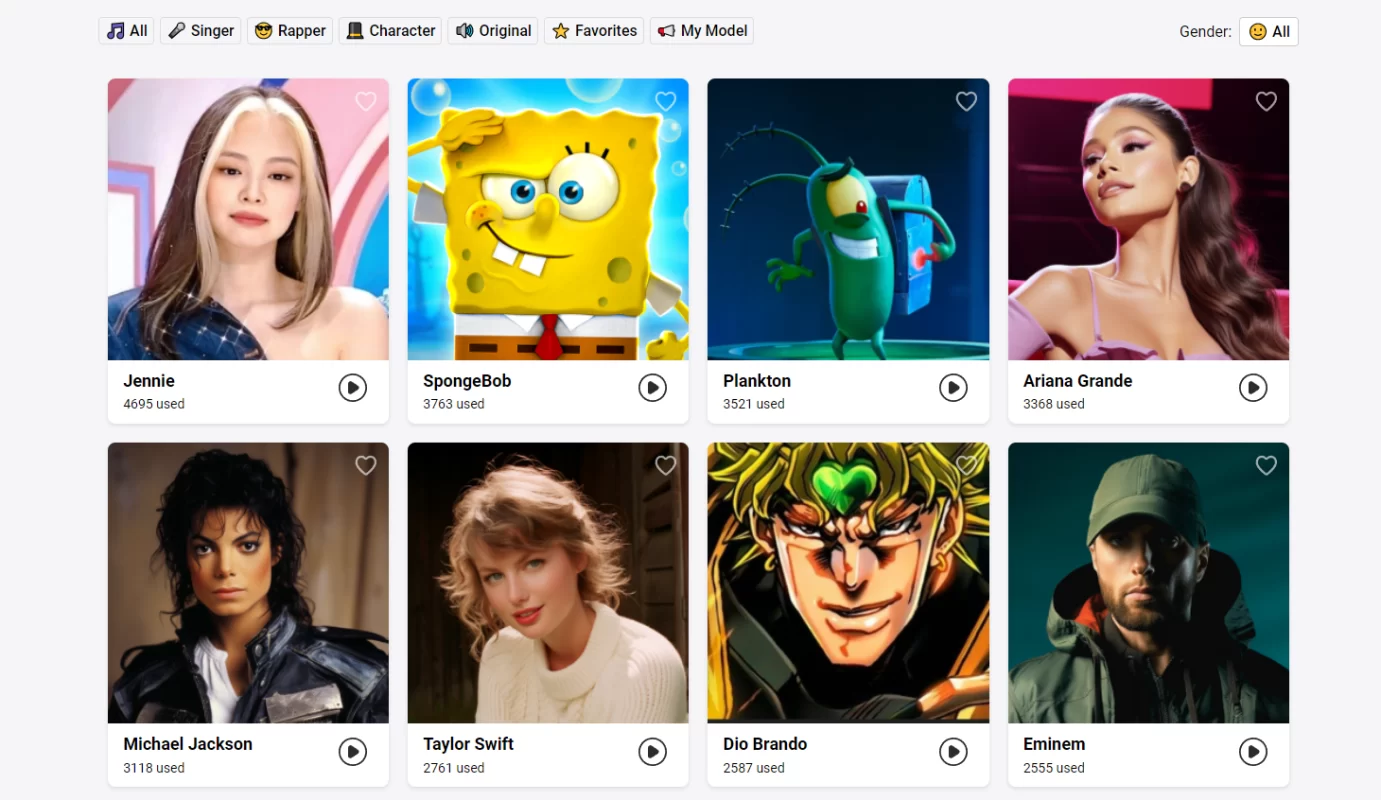
Creating your own cover song with FineShare Singify is super easy and fun. Simply follow these easy instructions.
Step 1: Visit FineShare Singify and pick one voice model from the library. You can listen to the voice by clicking on the Play button.
Step 2: Find a song by its title or upload an audio file. You can use YouTube songs, or upload MP3/WAV/M4A audio files up to 10MB.
Step 3: Wait for a few minutes and your AI cover song will be ready. When it’s done, you can choose to send the AI cover to your email, download it, or share it with your friends.
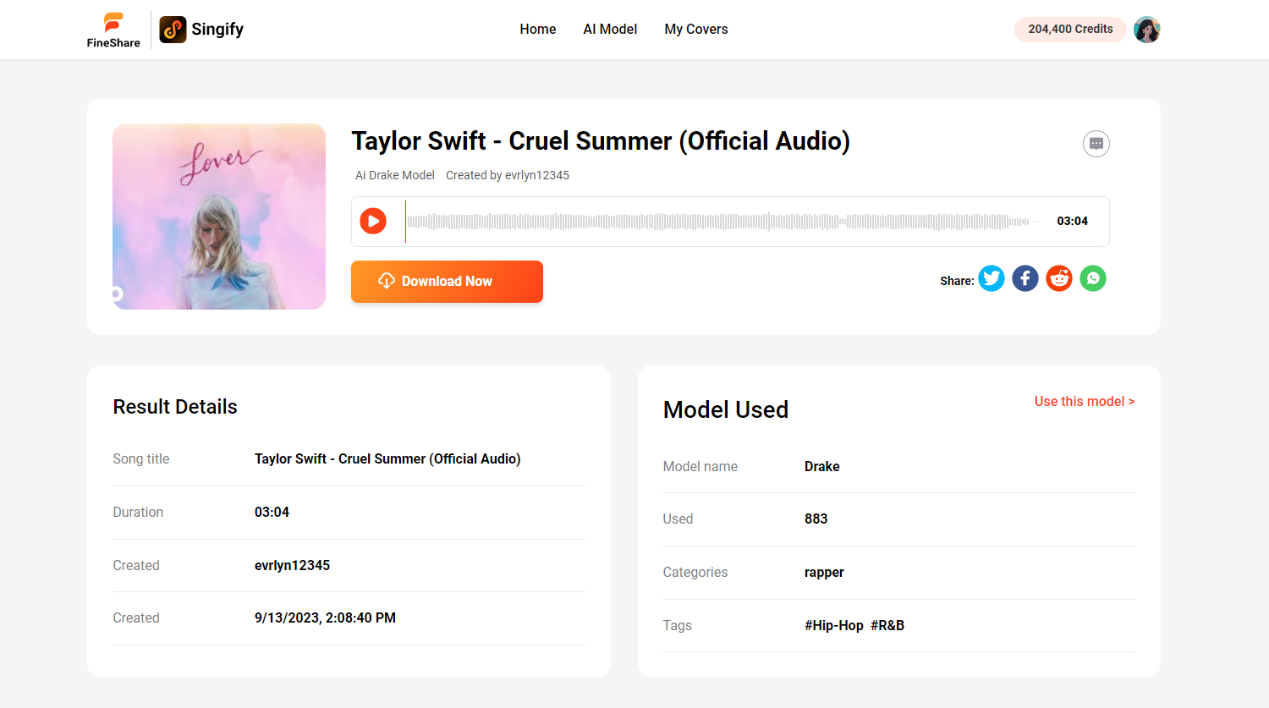
Conclusion
As you can see, covering a song involves various legal aspects that you should be aware of before proceeding. While some rights holders may be supportive or flexible about cover songs, others may be protective or strict about their intellectual property. Therefore, it is always wise to do your research and follow the proper procedures to avoid any potential problems or conflicts.
FAQs
Do You Need Permission to Cover a Song on YouTube?
Yes, in most cases, you need permission to cover a copyrighted song. This permission typically comes in the form of licenses, such as mechanical licenses for recording and distribution and performance licenses for public performances.
Can You Cover a Song Without Permission on YouTube?
Posting cover songs on YouTube can be done, but you should be aware that YouTube has content ID systems that may detect copyrighted material. This can result in monetization going to the copyright holder or the removal of your video.
Is It Legal to Make Money from Cover Songs?
Yes, it can be legal to make money from cover songs, but it depends on obtaining the necessary licenses and permissions and adhering to the terms of those agreements. Royalties and fees may be required.

